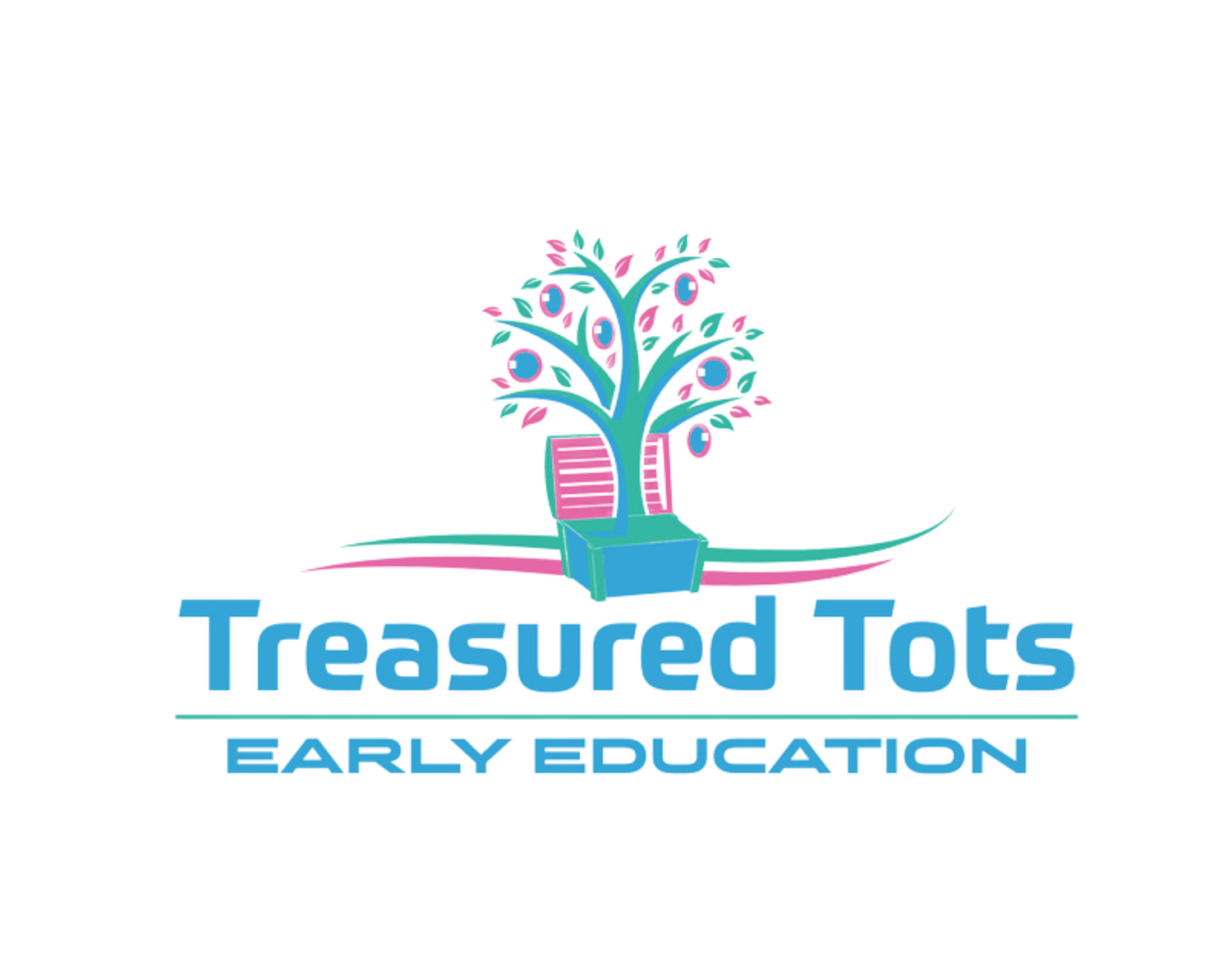Things To Know About The Reggio Emilia Approach In Childcare
Making a decision about childcare isn’t always easy, especially when you have to choose between childcare centres that offer different educational approaches.
How do you know which is the best teaching strategy for your child?
There’s no doubt that quality early education plays an enormous role in a child’s development and learning and that the better the inputs, the more successful the outcomes. However, many parents are unsure about which educational approach is best for their child.
One of the most popular educational approaches in Australia as well as many other parts of the world, is the Reggio Emilia philosophy. It has a strong reputation and a proven track record as an inspiring, innovative and hugely successful option to the more conservative teacher-led ‘learn by rote’ approaches to early learning.
What is the Reggio Emilia approach?
Reggio Emilia is not a teaching ‘method’, but rather a unique philosophy that inspires the day-to-day activities and functioning of a pre-school or primary school. That’s why no two Reggio Emilia schools are the same.
What makes it different from other approaches is that a curriculum is not ‘taught’ by the teacher. Instead, learning and discovery is led by the child.
The educator’s role is co-learner and active collaborator in this constructivist child-centric approach where there is no ‘end-game’. In other words, there are no actual results, outcomes or answers that have to be achieved by the child within a given timeframe. Activities aren’t planned in advance. Instead, children are given opportunities to observe, feel, imagine, question, negotiate, solve problems and discover, and they direct their own path of exploration. The direction of the various projects develops organically according to the topics that pique the child’s interest, and these are often long-term and open-ended.
Educators also partner with the wider community, including their colleagues, the other children at the school, parents and extended family, to act as mentors, guides and co-collaborators in the child’s search for solutions and explanations.
The principles of Reggio Emilia
The philosophy was defined by Italian teacher and educational psychologist, Loris Malaguzzi in the 1940s, with the basic principles of mutual respect, a sense of responsibility and community at its heart.
The natural development of children and the close relationships that they share with their environment are key tenets of the approach. Children are considered to have rights, including the right to develop their potential, and every child is seen and celebrated as unique, competent, powerful, creative, curious and full of potential.
Why the environment is so important in Reggio Emilia
Drawing on the belief that the physical environment is the ‘third teacher’, Reggio Emilia-inspired childcare centres place great importance on classroom spaces and the surroundings. As a rule, classrooms all open to a central ‘piazza’ to encourage interaction and the central kitchen is open to view. Natural light, greenery, high-quality furnishings and authentic materials are key features of the spaces which are constantly evolving to stimulate and nurture.
What are the hundred languages of children?
You may have heard reference to the ‘hundred languages of children’ in the context of Reggio Emilia, and it essentially means that children are seen as natural communicators and have many different ways of expressing themselves. Whether it’s through dance, movement, words, art, play, constructing or deconstructing – or anything in between – children at Reggio Emilia-inspired schools are encouraged to use their 100 languages to better understand the world and one another.
How to find out more about Reggio Emilia
Understanding the theory of Reggio Emilia and visualising how it translates into a classroom situation can be a bit tricky. The very best way to learn more about the approach is to see it in action. The reality really does speak for itself.
We’d love to spend time with you at one of our Treasured Tots child care centres in Mandurah, Fremantle, Bibra Lake and Piara Waters so you can experience the Reggio Emilia approach in person. You’re welcome to get in touch through our website to book a tour and can also read our other blog post, ‘Is Reggio Emilia the same as Montessori?’ for more information.

